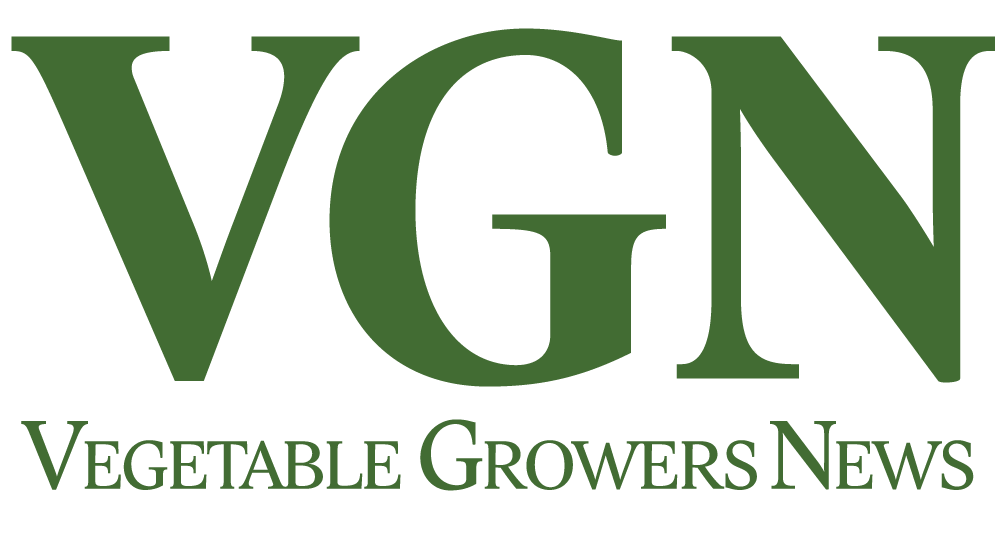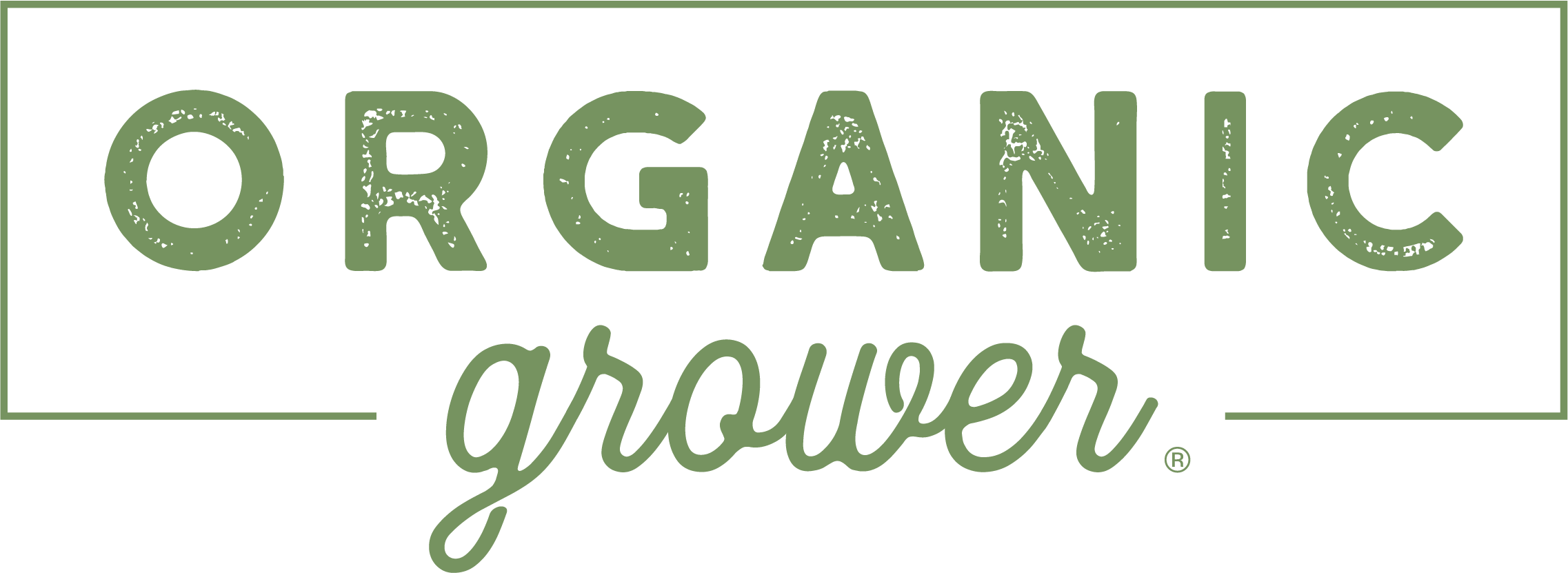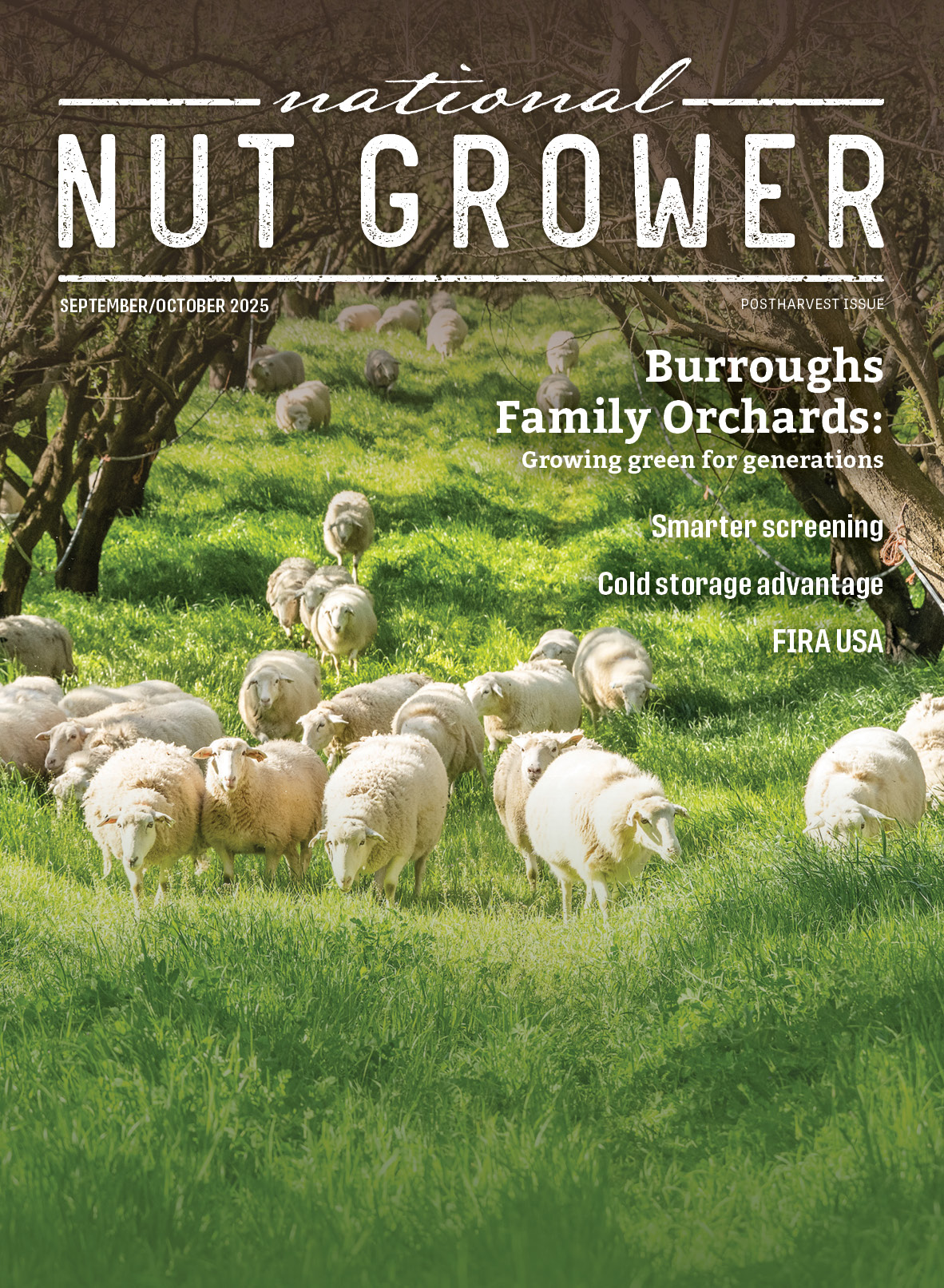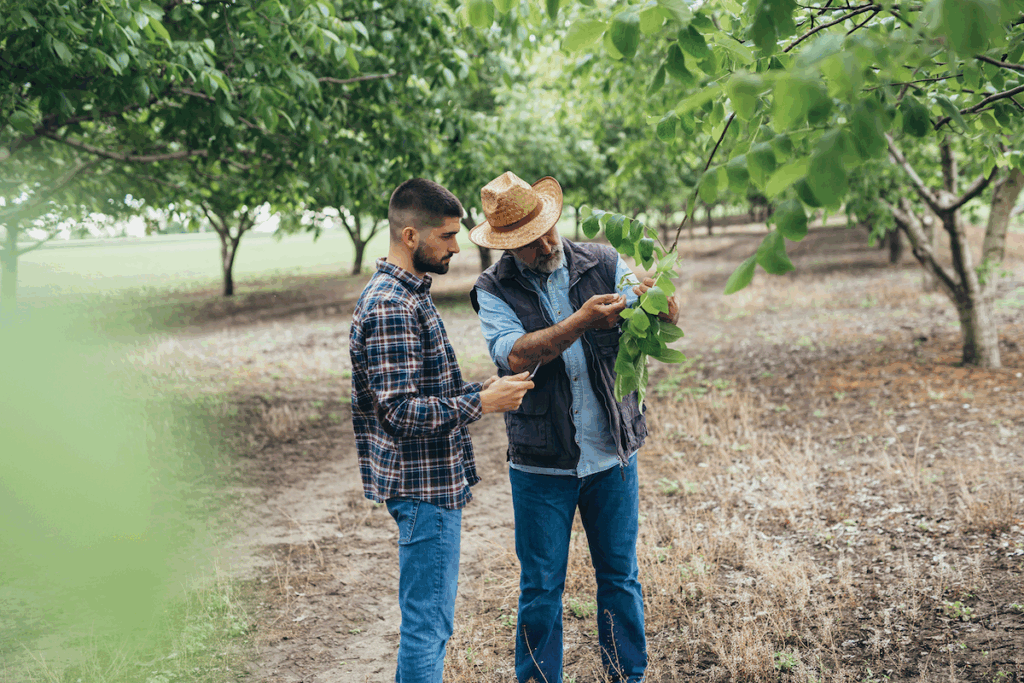
September/October 2025
Postharvest agronomic budget planning
Once harvest wraps up, it’s tempting to take a well-deserved break and push planning into the new year. But the reality is that the postharvest window is one of the best times to map out next year’s agronomic budget.
You and your certified crop advisor (CCA), pest control advisor (PCA) or agronomic consultant should be building a roadmap now, while the season’s wins and losses are still fresh in your mind. This conversation is something you should expect from them as part of the service you’re already paying for.
The days of paying for cookie-cutter recommendation writing are over. If you’re paying $35 or more per acre for professional agronomic services, you should be demanding more than a rec-writing service. Your advisors should have some stake in your profitability, helping you make decisions that optimize yield, manage costs and protect long-term orchard health. A detailed agronomic budget is not just a piece of paper — it’s a business plan for your ranch.
Constants vs. variables
In any agronomic budget, some items are fixed, or at least relatively constant. These are often outside the direct scope of your agronomic advisor: equipment payments, property taxes, land rent, insurance and fixed labor costs. These should be determined by you or your financial manager and provided to your advisor as part of the starting framework.
Where you and your advisor should spend the most time is in the agronomic variables — the inputs and practices that can be adjusted in response to pest pressure, weather, water availability and market conditions. These include fertilizers, soil amendments, herbicides, fungicides, insecticides and irrigation strategies.
Building high and low scenarios
I recommend creating at least two budgets: a “high-input scenario” that covers your ideal agronomic program and allows for additional spend as the need arises (more pests, disease, weeds, etc.), as well as a “low-input scenario” that represents a cost-conscious, minimalist but still agronomically sound approach.
Somewhere between these two scenarios, it’s incumbent upon you to strike the balance that optimizes your profitability — ensuring you’re neither underspending to the detriment of yield nor overspending without economic return.
Below is an example framework based on figures I’ve used in grower discussions using a 25th leaf Kerman block in west Fresno County (per-acre costs).
Practical examples from the field
Herbicide program
On the low end, you might budget for three post-emergent sprays and one pre-emergent. In a high-input year, you may be forced to apply four burndowns and two pre-emergents, especially if you’re managing resistant species or high weed pressure. If your first pre-emergent fails due to early rain or poor incorporation, that mid-season pivot to an additional pass will impact cost and a high-low budget would account for that.
NOW control
A low-input plan might budget for a single spray targeting the hull vulnerability period, while a high-input plan could run three sprays if your neighbor’s almonds are being decimated with worms, the crop development is slow or delayed, or NOW trap counts spike. The high budget, again, provides the flexibility to act without scrambling for funds.
Soil amendments
In a block with moderate salinity, the low-input plan may call for a minimum of a single gypsum application in spring to maintain infiltration. However, if late-winter soil tests show elevated sodium levels due to lack of winter leaching, you may need to shift toward the high-input plan with additional gypsum applications and sulfuric acid treatment to react with bicarbonate. While this added roughly $175 per acre to the budget, this investment could prevent yield loss from reduced water penetration and pH management while aiding long-term soil structure to protect both productivity and profitability.
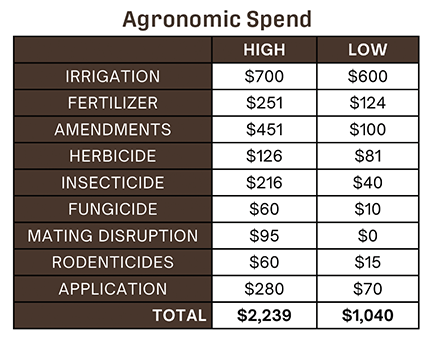
Field-specific scenario planning
Agronomic planning should never be generic. Mature Kerman blocks on low-salinity sandy loam will have very different requirements than 5th-leaf Golden Hills on clay with marginal water quality. This is where you and your advisor should run scenarios for each major block type on your ranch.
For each scenario:
- Estimate yield (pounds/acre)
- Set a market price assumption ($/pound)
- Calculate gross revenue for both optimistic and conservative price points
- Produce constant values for cash overhead, labor, machinery, debt servicing, etc.
- Overlay your high and low agronomic budget to see the margin
Example simulation (from chart below):
- Mature Kerman: 3,000 pounds/acre at $2.00/pound = $6,000 gross
- Low budget: $1,040/acre agronomic cost → $2,810 net profit after fixed costs
- High budget: $2,239/acre agronomic cost → $1,611 net profit after fixed costs
If market prices shift to $2.50/pound, that same block nets $7,500 gross, giving you more freedom to reinvest in soil health, pest suppression, or yield-enhancing practices. Whereas, shifting the grower price to $1.50/pound would put the high budget to a nearly break-even scenario, and this high-low budgeting balancing becomes ever more important to ensure farm profitability.
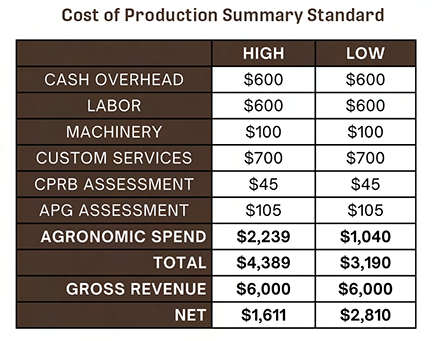
Flexibility is the real goal
A postharvest agronomic budget isn’t a static plan — it’s a decision-making tool. Weather events, pest outbreaks, water allocations and market prices will change. Your plan needs to account for “if-then” pivots:
- If plant bug pressure is low in April and economic impact risk is minimal, then you may choose to not spray another time and reallocate those funds from a high-budget second spray to another category or maintain a surplus.
- If water allocations are less than expected, then your water cost might be lower by $200/acre.
- If market prices rise, then flexibility to spend in priority budget categories is possible.
- If an alternate bearing year is expected and the crop yield is off, then you might focus resources on maintaining tree health for the return year.
Why this matters now
Every grower faces unique challenges, from SGMA constraints to rising input costs to unpredictable markets. By sitting down now with your advisor and demanding a budget that reflects your orchard’s specific needs, you create a roadmap that helps you weather those challenges.
A good advisor doesn’t just hand you a one-size-fits-all recommendation sheet. They work with you to build a plan that maximizes profitability while protecting the long-term sustainability of your ranch. If you’re paying for professional expertise, make sure it’s being used to its fullest.
Every orchard is unique, and the decisions you make on where to spend or save will depend heavily on your site’s conditions, crop stage, pest pressures and overall cash position, as well as your agronomic belief about what should be done in any situation.
The examples and numbers provided here are intended solely as a framework to guide agronomic budget planning and to illustrate the value of building a plan before the season begins. If you’re interested in working through a site-specific budget tailored to your ranch, please contact me directly. I’d be happy to help you start this conversation with your advisor.


